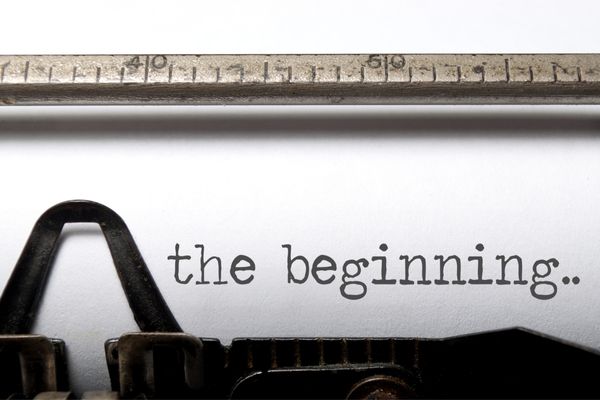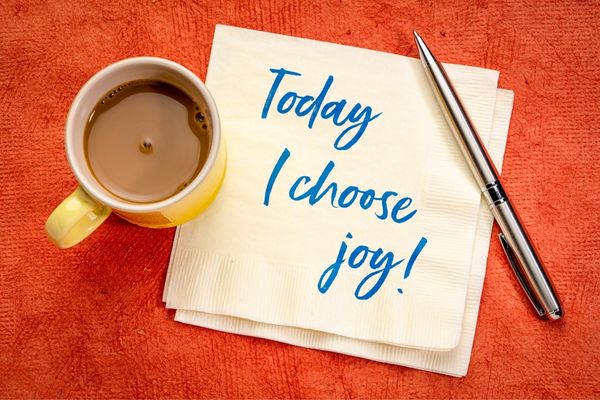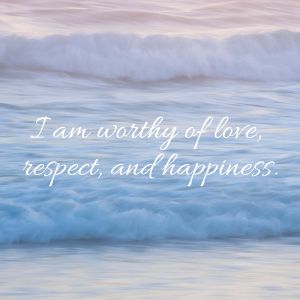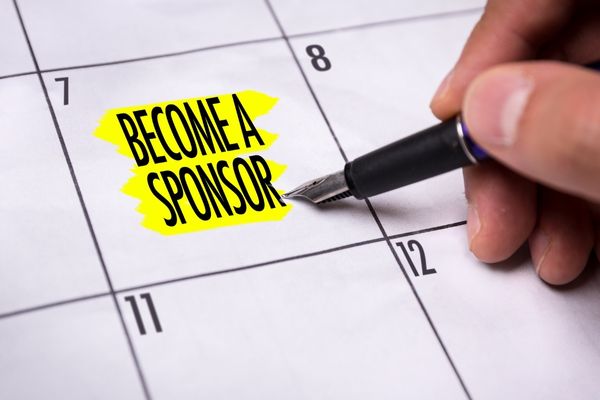No, Al-Anon is not an abbreviation for the widely known organization, Alcoholics Anonymous, nor are they one and the same. Al-Anon is a distinct organization that boasts a worldwide presence just like its similarly-named predecessor. Unlike AA, Al-Anon provides support and guidance to family, friends, and loved ones who have been affected by someone else’s alcoholism. However, the fascinating history of Al-Anon is closely intertwined with Alcoholics Anonymous’s own.
Who started Al-Anon?
The organization was founded by a woman named Lois Wilson. Ring a bell? It should. Lois was the wife of Bill Wilson, the co-founder of Alcoholics Anonymous (AA).
Lois Wilson had struggled for many years with the impact of her husband’s alcoholism. Although there was a growing community for individuals like her husband, who struggled with their drinking, she found that there was a lack of support and resources available for the people who lived with and loved someone with a drinking disorder.
Lois quickly recognized the need for a program that could provide guidance and support for friends and family members. The organization was formally established in 1951 when Lois received a list of 87 of what was then referred to as ‘family groups’, from around the world. She then sent a questionnaire to these groups with the intention of unifying them.
It was through this questionnaire that the current name, Al-Anon Family Groups, was chosen. (This parent organization also includes Alateen, which is a group created to support teenagers who have been affected by someone else’s drinking.)
There are many similarities between Al-Anon and Alcoholics Anonymous, from the guiding principles and literature to the meeting structure and organizational operations. With the permission of Alcoholics Anonymous, Al-Anon adopted AA’s Twelve Steps and Twelve Traditions.
What are the Al-Anon 12 principles?
The principles of Al-Anon are based on the 12 Steps of AA and are virtually identical to the original. These are designed to provide guidance and support for individuals who are affected by someone else’s alcoholism. They encourage participants to work towards acceptance, healing, and personal growth.
One of the key principles of Al-Anon is the idea of detachment. This involves letting go of the need to control someone else’s behavior and focusing on one’s own recovery and well-being. Al-Anon teaches participants to recognize the impact of someone else’s alcoholism on their own lives and to take steps to protect themselves and focus on their own well-being.
Another important principle of Al-Anon is the idea of anonymity. Like Alcoholics Anonymous, keeping the identity of participants confidential within the group is a high priority. Living and loving a person with a drinking problem can conjure all sorts of emotions, many of which may lead to feelings of guilt and distress for the loved one experiencing them. Anonymity ensures a safe and supportive environment where individuals can share their experiences without fear of judgment or stigma.
What are the Al-Anon 12 Traditions?
In addition to the 12 Steps of Al-Anon, the organization also follows a set of guiding principles known as the Al-Anon Traditions. These Traditions outline the principles that guide the organization and provide a framework for the way in which Al-Anon groups operate.
- The common goals and welfare of the group come first.
- The higher power is the only authority, the chairperson and the leaders of the group do not govern.
- The only requirement for membership is the alcoholism of a family member or a friend.
- Each group is an individual entity except when it concerns Al-Anon as a whole or Alcoholics Anonymous.
- The group only has one purpose. This purpose is to help those who have family members or friends who are alcoholics.
- The family groups are not to use the Al-Anon name, unless it is in relation to the group or program.
- The groups are self supporting and do accept donations from outside the group.
- Al-Anon groups are not professional organizations. They only employ people under special circumstances.
- The groups should never be organized except when there is a need for a board they directly serve those in the group.
- The groups should have no opinion on outside factors such as politics or other affiliations.
- Public advertising is for attraction not promotion. This is an anonymous group and anonymity must be maintained.
- Principles should be placed above personalities.
The main goal of Al-Anon is to provide a supportive environment for individuals to share their experiences and to receive guidance and support from others who are also affected by someone else’s alcoholism. Al-Anon meetings are typically held in a group format, and they may include the sharing of personal stories, discussion of Al-Anon literature, and group discussions.
If you are interested in attending a local Al-Anon meeting, find one near you today. They are open to all and anyone can pop in at any time.












